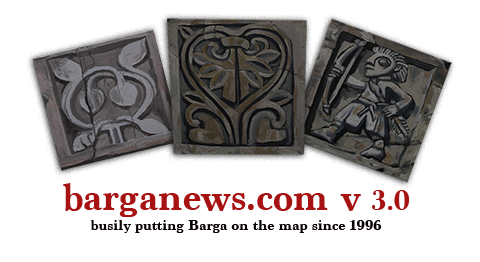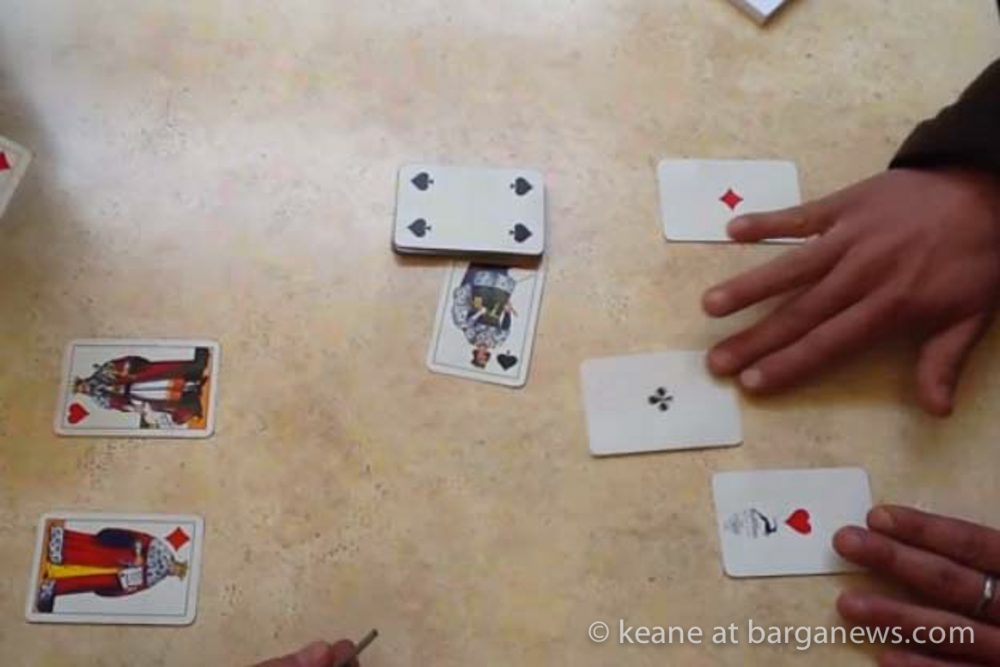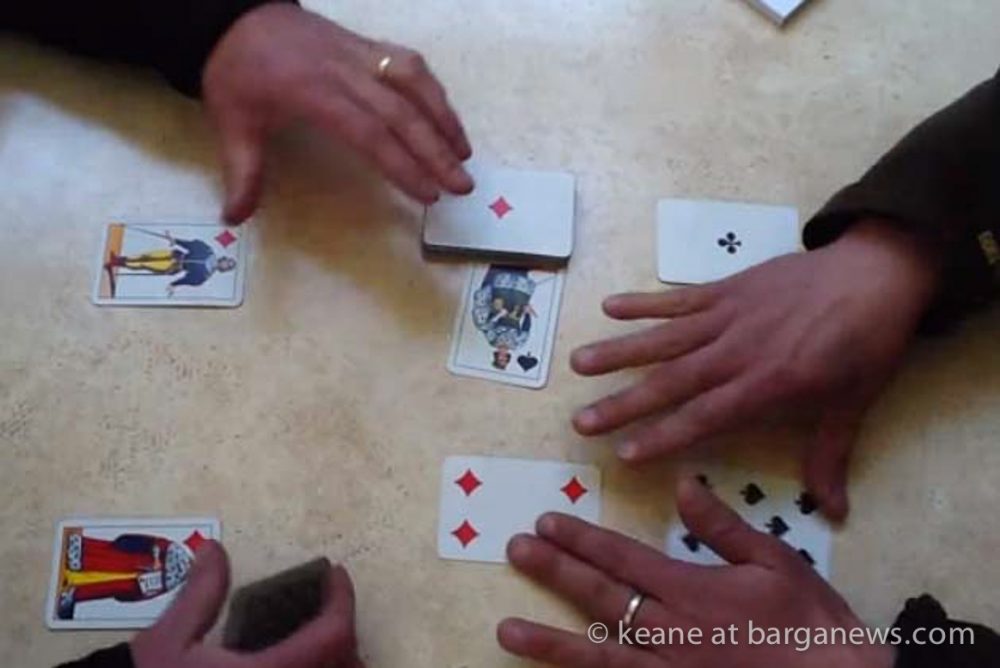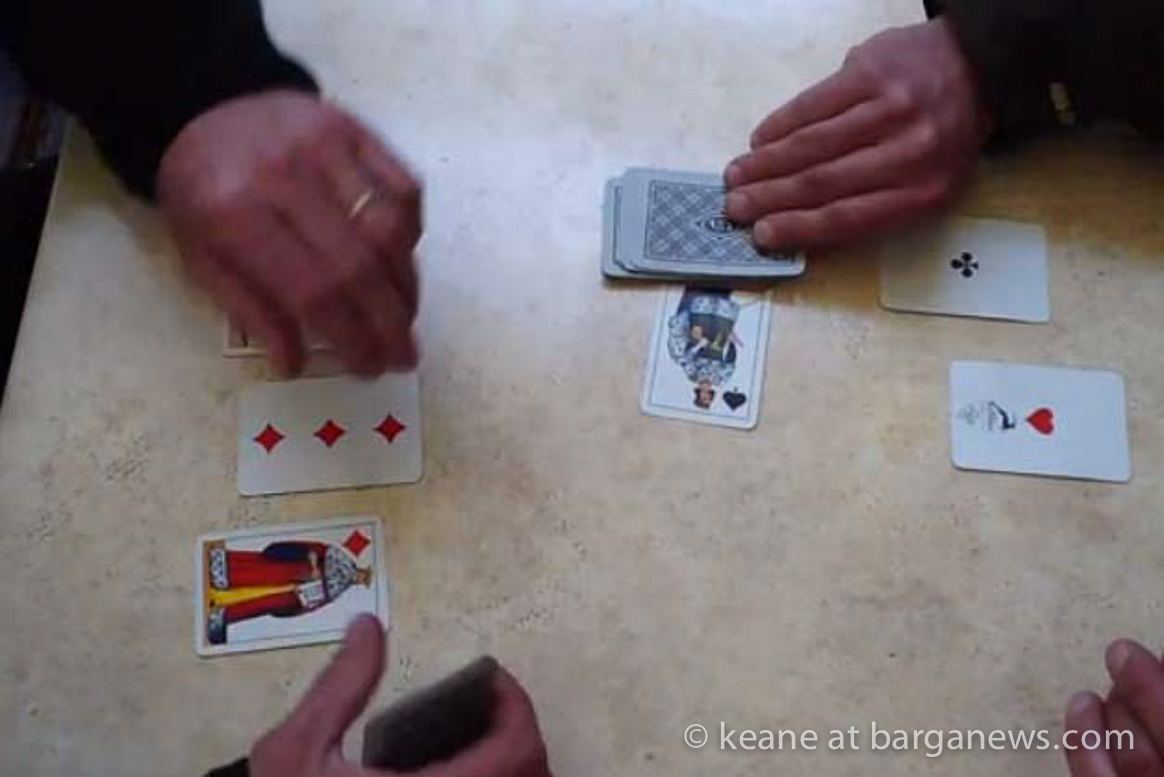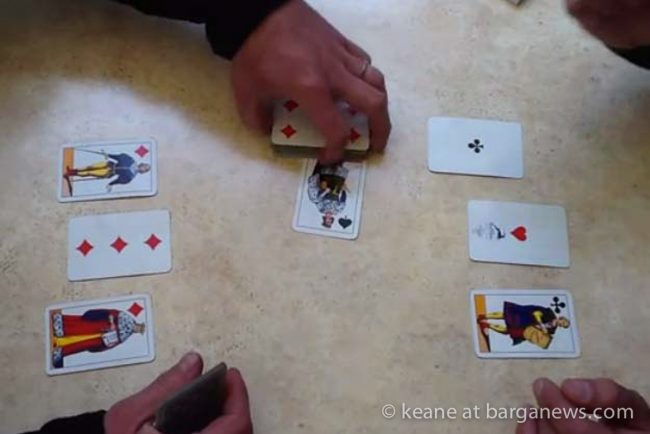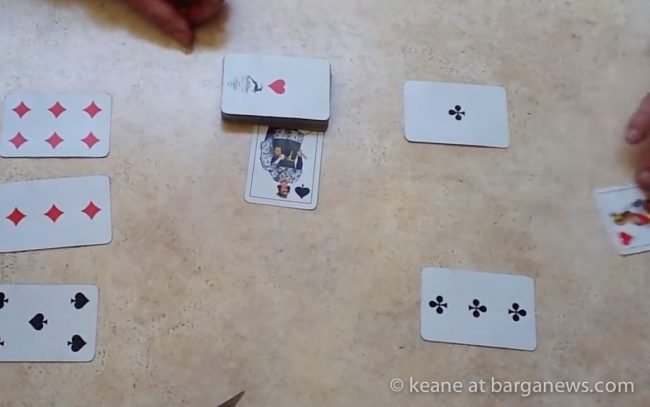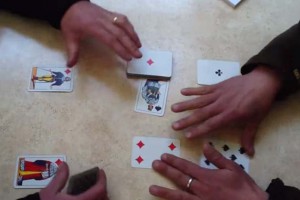 This morning the winter weather played yet more tricks with the temperature falling and the possibility once again of some snow falling on the city. Not really a good time to go sightseeing and so the people wandering round Barga Vecchia could be counted on one hand.
This morning the winter weather played yet more tricks with the temperature falling and the possibility once again of some snow falling on the city. Not really a good time to go sightseeing and so the people wandering round Barga Vecchia could be counted on one hand.
Not everybody looked on this as a negative effect though … as it gave some time for the local card players to hone their skills without the bother of somebody wanting to disturb their game.
And you do need a good deal of concentration to play their game – Briscola scoperta – Uncovered Briscola which is a variation of Briscola where the cards are dealt face up to each player.
The deck is also upturned so that the first card to be drawn is visible. This variation usually leads to more thoughtful play; remembering which cards have already been played is also very important.
—————
Questa mattina il tempo invernale ha giocato ancora dei trucchi con la temperatura che è scesa insieme alla pioggia e la possibilità ancora una volta di neve che cade sulla città. Non è proprio il momento ideale per fare turismo e così le persone che vagano per Barga Vecchia si potevano contare sulle dita di una mano.
Non tutti guardavano questo come un effetto negativo però… poiché ha dato loro del tempo per perfezionare le loro abilità di giocatori di carte senza il fastidio di qualcuno che vuole disturbare il loro gioco.
E serve molta concentrazione per giocare il loro gioco – Briscola scoperta – Briscola scoperta che è una variante della Briscola dove le carte vengono distribuite a faccia in su a ogni giocatore.
Il mazzo è anche capovolto in modo che la prima carta da pescare sia visibile. Questa variante di solito porta a un gioco più ragionato; ricordare quali carte sono state già giocate è anche molto importante.
—————–
The word “Briscola” derives from the French word “Brisque” whose literal translation means galloon. In the past, older soldiers were called “galloons”, and since the game of Briscola was the pastime of French soldiers and Dutch sailors during the period from the late 1500s to the early 1600s, the French word brisque ended up referring more to the game (which in Italy is called Briscola) than to the galloon.
The origin of the game is therefore controversial; some believe it is French due to the linguistic derivation of the word, while others believe it is Dutch because it was the most popular game among sailors who undertook long voyages to reach the Dutch East Indies.
Some texts on card games, while not directly mentioning the origins and historical period of the birth of Briscola, trace the origins of certain games from across the Alps to our Briscola.
The game of Briscola is practiced all over Italy with regional cards and can be considered an Italian game in every respect.
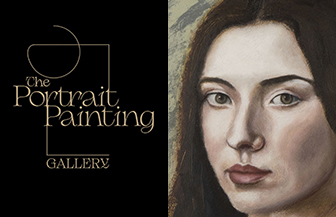 |
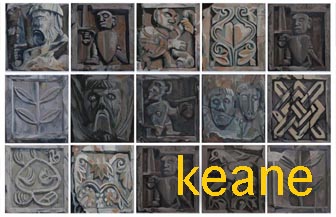 |
 |
 |
A deck of Italian cards consists of forty cards, divided into four suits: coins (Denari in Italian, and sometimes suns or sunbursts), swords (Spade), cups (Coppe) and clubs (sometimes batons, bats or Bastoni). The values on the cards range numerically from one through seven, plus three face cards in each suit: Knave (Fante in Italian), Knight (Cavallo in Italian), and King (Re in Italian). A Knave is a lone human figure standing. The Knight is a human figure riding a horse. The King is a human figure wearing a crown. To determine the face value of any numeric card, simply count the number of suit icons on the card. The ace card of coins is usually a type of bird with circle in the middle.
After the deck is shuffled, each player is dealt three cards. The next card is placed face up on the playing surface, and the remaining deck is placed face down, sometimes covering half of the up-turned card. This card is the Briscola, and represents the trump suit for the game. Before the game begins if a player has the deuce of trump he/she may retire the “briscola”. This move may only be done at the beginning of the game or first hand. Before the first hand is played (in four player game), team players may show each other their cards. The deal, and game play itself, proceeds counter-clockwise.
The player to the right of the dealer leads the first hand (or trick) by playing one card face up on the playing surface. Each player subsequently plays a card in turn, until all players have played one card. The winner of that hand is determined as follows:
- if any briscola (trump) has been played, the player who played the highest valued trump wins
- if no briscole (trumps) have been played, the player who played the highest card of the lead suit wins
Unlike other trump card games, players are not required to follow suit, that is, to play the same suit as the lead player.
Once the winner of a trick is determined, that player collects the played cards, and places them face down in a pile. Each player maintains his/her own pile, though the four- and six-player versions may have one player collecting all tricks won by his partners. Then, each player draws a card from the remaining deck, starting with the player who won the trick, proceeding counter-clockwise. Note that the last card collected in the game should be the up-turned Briscola. The player who won the trick leads the next hand. During game play and only before the next to the last hand is played, a player who draws the card with the seven (7) of trump can take the “briscola”. This may be done only if the player has won a hand. Before the last hand, people in the same team can look at each other’s cards.
After all cards have been played, players calculate the total point value of cards in their own piles. For multi-player games, partners combine their points. – source
